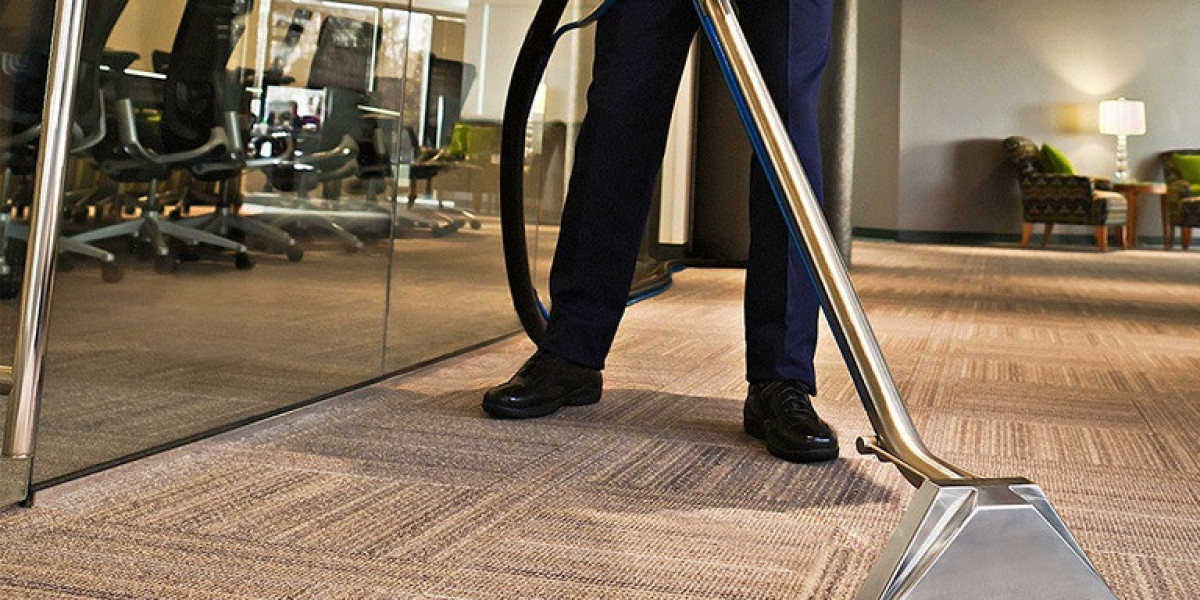Mindfulness has emerged as a transformative practice that offers individuals a pathway to greater awareness, emotional regulation, and overall well-being. In this article, we will explore the principles of mindfulness, its benefits, practical applications, and tips for integrating mindfulness into daily life.
What is Mindfulness?
Mindfulness is the practice of being fully present in the moment, aware of your thoughts, feelings, and surroundings without judgment. Rooted in ancient Buddhist traditions, mindfulness has gained popularity in modern psychology and wellness practices. It encourages individuals to observe their experiences and cultivate a non-reactive awareness, which can lead to profound shifts in perception and behavior.

The Benefits of Mindfulness
Research has shown that mindfulness can have a wide range of benefits, including:
- Stress Reduction: Mindfulness practices can significantly reduce stress levels by promoting relaxation and helping individuals manage anxiety more effectively.
- Improved Focus and Concentration: Regular mindfulness practice enhances attention span and cognitive flexibility, allowing individuals to concentrate better on tasks at hand.
- Emotional Regulation: Mindfulness fosters a greater awareness of emotions, enabling individuals to respond to feelings with clarity and composure rather than reacting impulsively.
- Enhanced Relationships: By cultivating empathy and active listening skills, mindfulness can improve interpersonal relationships and communication.
- Physical Health Benefits: Studies have indicated that mindfulness can lower blood pressure, improve sleep quality, and boost immune function.
How to Practice Mindfulness
Integrating mindfulness into daily life can be simple and rewarding. Here are some effective strategies:
1. Mindful Breathing
Start with focused breathing exercises. Find a quiet space, sit comfortably, and take deep breaths. Inhale slowly through your nose, hold for a moment, and exhale through your mouth. Focus on the sensation of your breath and let go of any distractions.
2. Body Scan Meditation
This practice involves mentally scanning your body from head to toe, paying attention to any sensations, tension, or discomfort. This not only increases body awareness but also promotes relaxation.
3. Mindful Eating
Transform your meals into a mindfulness practice by eating slowly and savoring each bite. Notice the taste, texture, and aroma of your food, and pay attention to your hunger and fullness cues.
4. Walking Meditation
Take a walk in nature or around your home while focusing on the sensations of walking. Notice the feeling of your feet touching the ground, the movement of your legs, and the rhythm of your breath.
5. Mindfulness Journaling
Set aside time to write about your thoughts and feelings. Reflect on your experiences, and observe your emotional responses without judgment. This practice can help clarify your thoughts and deepen self-awareness.
Overcoming Challenges in Mindfulness Practice
While mindfulness can be beneficial, many individuals encounter challenges when starting their practice. Common obstacles include:
- Restlessness: It's normal to feel restless or distracted. Acknowledge these feelings and gently bring your focus back to the present moment.
- Self-Criticism: Some may struggle with self-judgment during mindfulness practice. Remember that mindfulness is about observation, not evaluation.
- Time Constraints: Finding time for mindfulness can be challenging. Start small with just a few minutes a day, and gradually increase the duration as it becomes a habit.
Mindfulness in Daily Life
Incorporating mindfulness into your daily routine can enhance your overall quality of life. Here are some practical tips:
- Morning Routine: Start your day with a few moments of mindfulness, whether through meditation, stretching, or simply enjoying your morning coffee without distractions.
- Mindful Commute: Use your commute as an opportunity to practice mindfulness. Listen to a guided meditation, focus on your breath, BulkSEOMetrics or simply observe your surroundings.
- Technology Breaks: Take regular breaks from screens to practice mindfulness. Step away from your devices, take deep breaths, and reconnect with the present moment.
Conclusion
Mindfulness is a powerful tool that can lead to significant improvements in mental, emotional, and physical well-being. By understanding its principles and incorporating practical strategies into daily life, individuals can cultivate a more mindful existence. Whether through meditation, mindful eating, or simply taking a moment to breathe, the journey towards mindfulness is one that can enrich your life in countless ways. Embrace the practice, and unlock the transformative power of being present.














